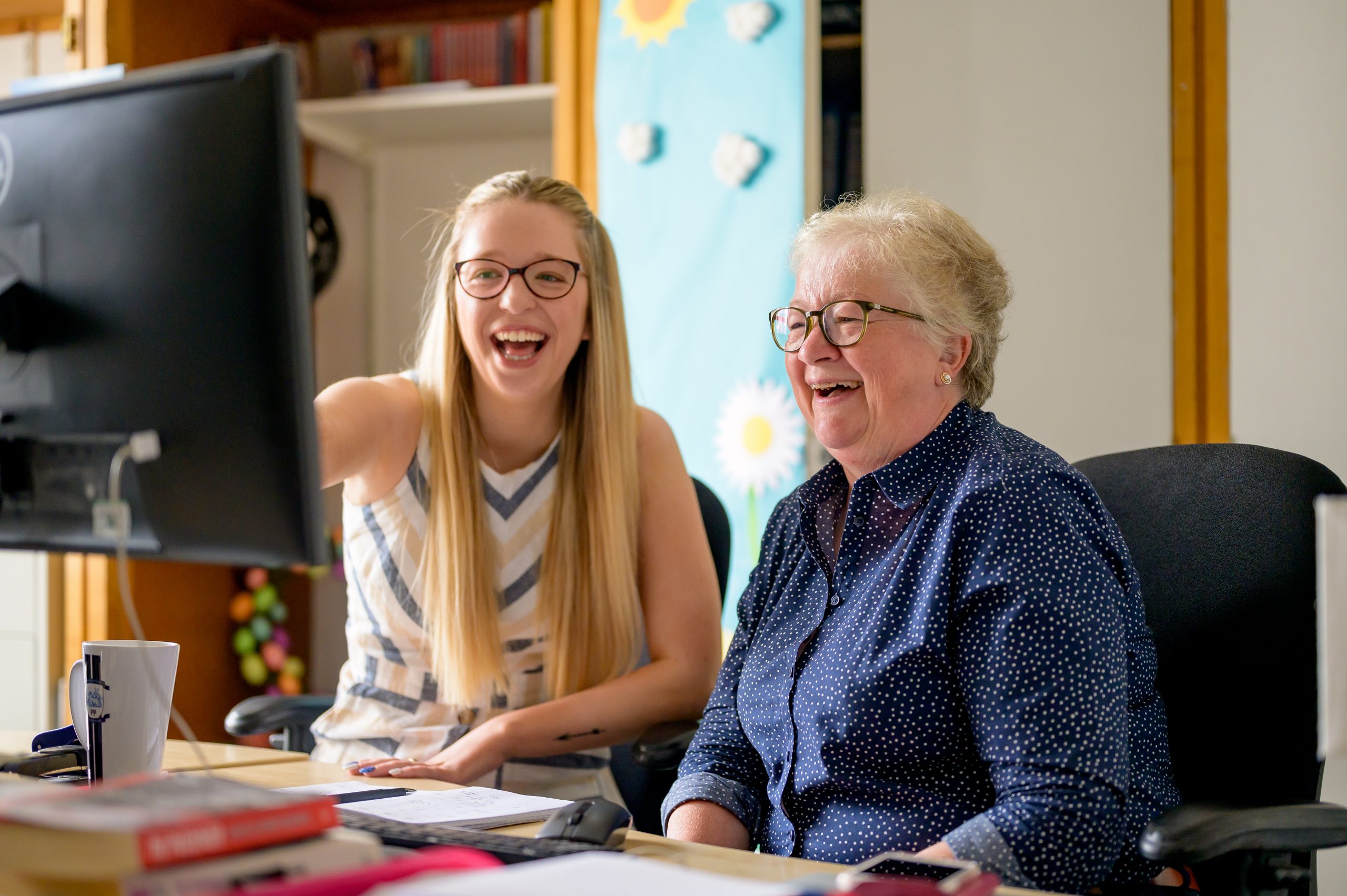Intergenerational workforces are increasingly common as people live and work longer. Steve Butler of AAA members Punter Southall, says businesses can exploit the breadth of knowledge and experience they bring.
Employers are increasingly focused on how to manage an increasingly age-diverse workforce effectively, look after their professional development needs and ensure people work together harmoniously. It’s a problem that needs solving as, according to the United Nations, the number of people aged 65 or older worldwide is projected to more than double, rising from 761 million in 2021 to 1.6 billion in 2050.
As people live longer, they work longer. With many businesses facing a talent shortage, retaining the skills and knowledge of older employees will be important for business success. However, managing an age-diverse workforce – and up to four generations in the workplace at any one time – can be tricky.
So, how do companies harness the different skills, experiences and aspirations of each generation and create a happy and harmonious workplace?
The value of wisdom
London-based organisation The Age of No Retirement has developed a compelling narrative for breaking down the long-established habit of stereotyping people at work because of their age. According to its research, 83 per cent of people want to mix with those of different ages and, according to Randstad, 86 per cent of employees say intergenerational teams can promote innovation.
In an intergenerational team, team members are not artificially defined or divided by age; it is their talent that is important. Employers recognise that each member can bring something unique to a team and then nurture that talent. This ensures the experience and life skills of older people aren’t lost and that the energy, enthusiasm and creativity of young people is allowed to blossom.
With that in mind, employers need to find new ways to pass on knowledge, help older workers learn new skills quickly and retain memories.
As workforces age, transferring knowledge from one generation to the next will become a key activity. Younger workers will look to older workers for their organisational memory. Retaining employees with long-standing client relationships, who can remember best practice developed over years and provide some continuity with the past, will help businesses function smoothly at a time of rapid change and challenge.
Older workers, meanwhile, may look to younger colleagues to help them keep up to date with developing skills and technical knowledge. Realistically, though, continuing education will be a priority for everyone, regardless of age.
To stay competitive, organisations need a plan for upskilling and reskilling their employees and have an established and supported learning culture to keep teams engaged in ongoing employee development.
Tips for managing an age-diverse workforce
People of all ages want (and often need) to accommodate other pressures and activities in their lives. Younger workers are often dealing with the challenges of childcare, whereas older workers could be caring for older parents. Some may be dealing with both at the same time.
Offering greater flexibility around the working week, whether that’s hybrid working, term-time contracts, part-time, compressed hours or flexitime, can support people to be able to work around their other commitments.
Sabbaticals for long-serving workers are another option and can give older workers the chance for personal and professional growth.
Giving all workers the chance to learn constantly, grow and develop new skills is essential for creating equal opportunities and harmony across the generations. It’s likely some jobs in the future may become obsolete but businesses will want to retain loyal and talented staff. Budgets are usually skewed towards the younger cohort, but older people want to learn and progress too.
By offering training and development to older workers, employers can help to retrain them and, in turn, reduce the costs of recruiting and training new joiners. Older employees can also act as coaches and mentors to younger people, ensuring knowledge and experience stays in the business.
Reverse mentoring can be a great option too, as it provides an opportunity for junior colleagues (often younger) to mentor senior people (often older) so both gain valuable insight into standing in someone else’s shoes.
This can help create an age-positive working environment, where people of all ages feel valued and enable people to share knowledge and different ways of working.
Finally, conducting a midlife review when people are in their mid-40s and early 50s can stimulate conversations about next steps, career development and flexible career solutions.
These reviews can really help companies make the most of their existing workforce, reduce the risk of losing valuable talent and ensure people can enjoy fulfilling careers and continue contributing as much as possible, for as long as possible.
Creating age-diverse teams can be the perfect way to future-proof a business. Employers can tap into the experiences, views, knowledge and creativity of a complete cross section of society, all under their own roof.
Employees are a firm’s single biggest asset, so maximising this asset in 2024 must be a priority.
Steve Butler is managing director of retirement solutions at Punter Southall and author of several books on age diversity in the workplace.
